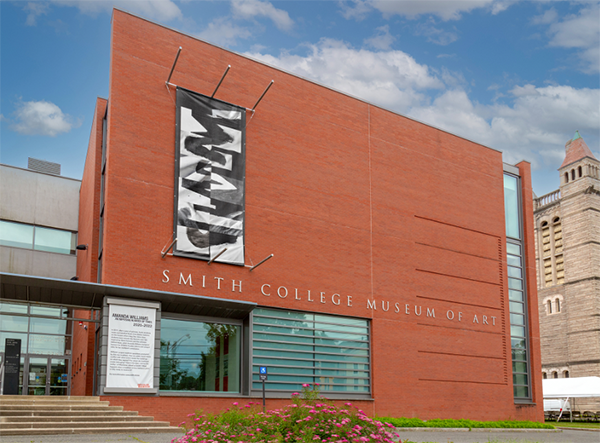-

Two Cardinal Portraits by Scipione Pulzone in the Harvard Art Museums and their Related Versions
Danielle Carrabino
Book abstract:
The visual legacy of early modern cardinals constitutes a vast and extremely rich body of artworks, many of superb quality, in a variety of media, often by well-known artists and skilled craftsmen. Yet cardinal portraits have primarily been analyzed within biographical studies of the represented individual, in relation to the artists who created them, or within the broader genre of portraiture. Portrait Cultures of the Early Modern Cardinal addresses questions surrounding the production, collection, and status of the cardinal portrait, covering diverse geographies and varied media. Examining the development of cardinals' imagery in terms of their multi-layered identities, this volume considers portraits of 'princes of the Church' as a specific cultural phenomenon reflecting cardinals' unique social and political position.
-

Artistic Representations of Goitre in Early Modern Art in Italy
Danielle Carrabino
Chapter abstract:
Sometimes accompanied by cretinism, which stunts physical and cognitive development, goitre was described in ancient and early modern texts alike as especially prominent, or 'endemic', among the low, labouring class living in the mountainous regions of Italy. Close analysis of the sculptures at the Sacro Monte of Varallo, Caravaggio's Crucifixion of Saint Andrew, Neapolitan presepi, and Ribera's prints will expand on Merke's categories to demonstrate that the representation of goitre in this period was varied and complex. Caricature is the vehicle for another source of the definition of goitre in early modern Italy. Moreover, the sheet provides evidence for the popular conceptions of goitre in early modern Italy as an infirmity that was socially coded and associated with the labouring classes.
Book abstract:
This volume is the first in-depth analysis of how infirm bodies were represented in Italy from c.1400-1650. Through original contributions and methodologies, it addresses the fundamental yet undiscussed relationship between images and representations in medical, religious, and literary texts. By exploring the works of artists such as Caravaggio, Leonardo, and Michelangelo, this study considers the idealised body altered by diseases including leprosy, plague, goiter, and cancer. The interdisciplinary approach makes this study the perfect resource for both students and specialists of the history of art, medicine and religion, and social and intellectual history across Renaissance Europe"-- Provided by publisher
Printing is not supported at the primary Gallery Thumbnail page. Please first navigate to a specific Image before printing.


